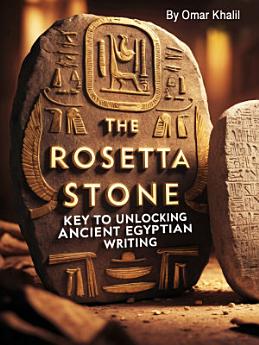The Rosetta Stone: Key to Unlocking Ancient Egyptian Writing
About this ebook
The significance of the stone would not be immediately apparent, as the study of hieroglyphs had long been a mystery to scholars. Despite attempts by earlier scholars, no one had yet succeeded in translating the ancient Egyptian script, leaving a vast portion of Egypt’s history locked away. The discovery of the Rosetta Stone, however, offered a potential breakthrough due to its trilingual inscription, which allowed for comparison between the known Greek text and the two unknown Egyptian scripts.
The stone’s inscription itself was a royal decree issued in 196 BCE by the Egyptian priests in honor of King Ptolemy V Epiphanes. It celebrated his reign and the various accomplishments he had achieved, including his efforts to maintain peace and the prosperity of Egypt. The decree was written in three scripts to ensure it would be understood by various segments of society—the Greek script for the Greek-speaking rulers and officials, the Demotic script for the common Egyptian people, and the hieroglyphic script for the priests and religious authorities.







